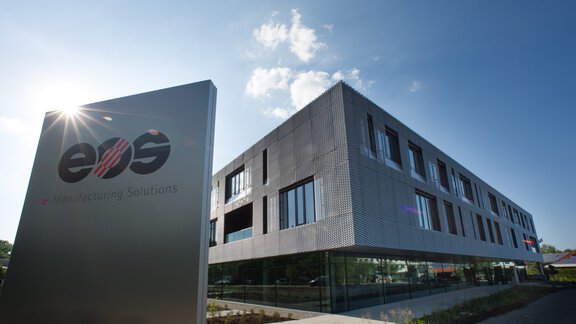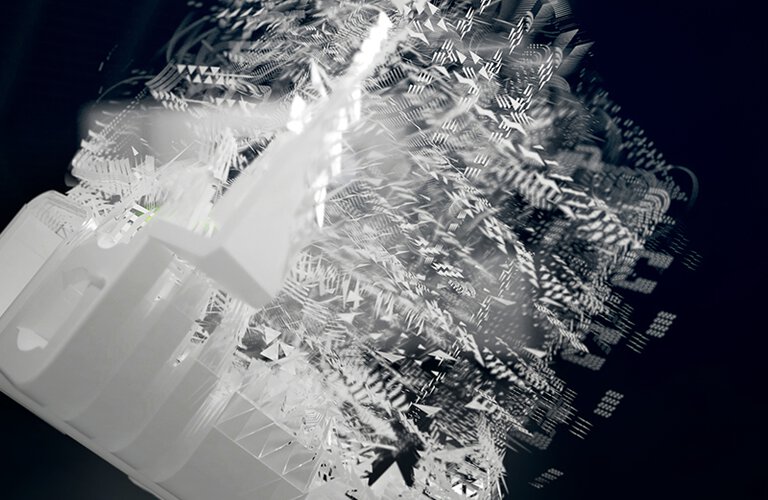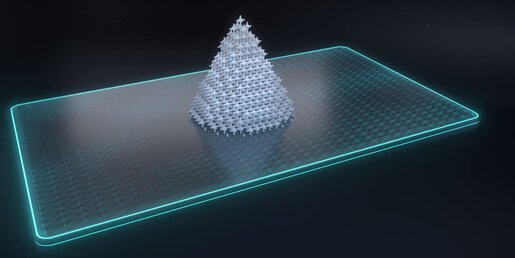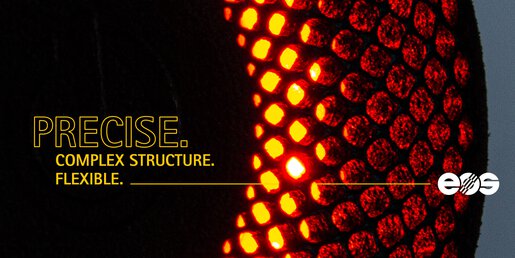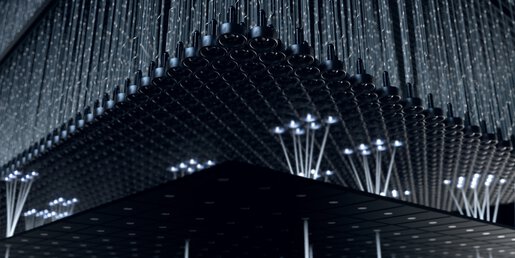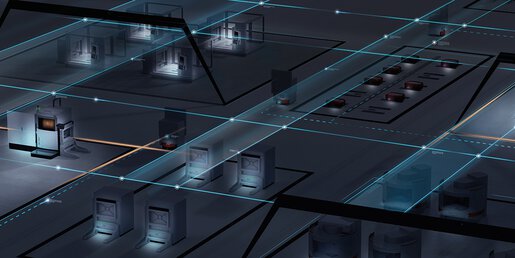A Glimpse of Tomorrow: New Challenges, New Solutions
EOS has been at the forefront of additive manufacturing for over 30 years. As an innovator in industrial 3D printing, we strive to develop technologies that push the boundaries of today's manufacturing.
Every day, our experts are dedicated to tackling the challenges of additive manufacturing - and finding the right solutions. To meet the production demands of tomorrow, we love to try new ideas and are always looking for partners who want to shape the 3D printing future with us.
3D Printing: Future Technology With Huge Potential
3D printing applications range from the production of complex shapes such as medical implants or prostheses to the production of ultra-lightweight parts for the aerospace and automotive industries as well as cost-effective spare parts, with huge potential to transform the global supply chain. And despite the tremendous progress the industry has made, the potential for further development is certainly not exhausted. Many companies are only now exploring the possibilities of industrial 3D printing for their manufacturing operations.
And the possibilities are endless: Individualization in particular is a huge market. With personalized designs for orthotics and prosthetics, for example, 3D printing is already revolutionizing orthopedics. The ability to quickly and cost-effectively produce prosthetics that are customized to individual body features is one of the biggest technological innovations in the medical industry today.
Additive manufacturing is also a very interesting option for global companies. Decentralized manufacturing centers for construction and spare parts eliminate the need for production in low-wage countries, and dramatically reduce logistics and warehousing costs. Production takes place on demand and on site.
The benefits of 3D printing are also evident in industries driven by innovation and complexity, such as aerospace and automotive. Here, additive manufacturing enables a design-driven manufacturing process. It is not the technical limitations that define the end product, but the design idea. Functional integration, complex structures, ultralight components - all are easily achievable. And if something still doesn't quite fit, the 3D data is simply modified. Development cycles are reduced to a minimum.
But that's just the beginning - 3D technology is opening up so many more opportunities to transform manufacturing processes and even entire industries. Join the journey!
Discover Our Technology Innovations
Boundaries are made to be crossed. EOS experts have already developed numerous innovations that open up completely new possibilities for industrial production and could change the future of 3D printing. Read about some of them here.
